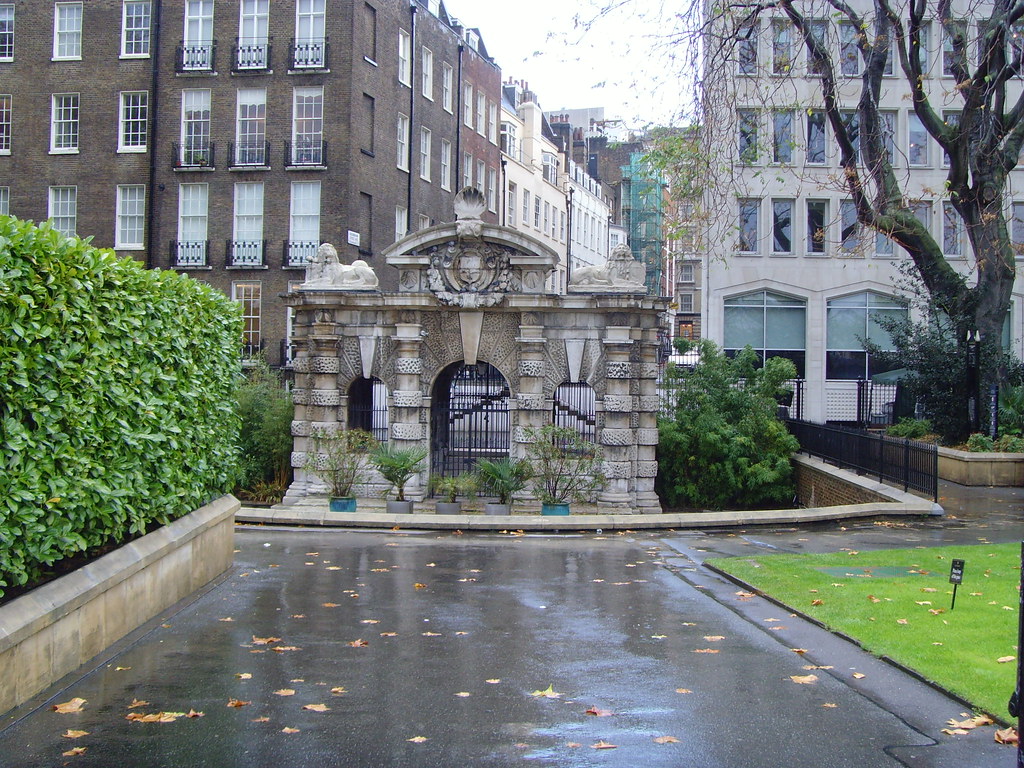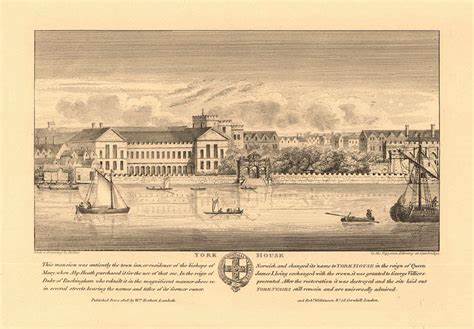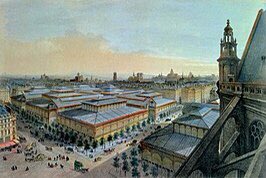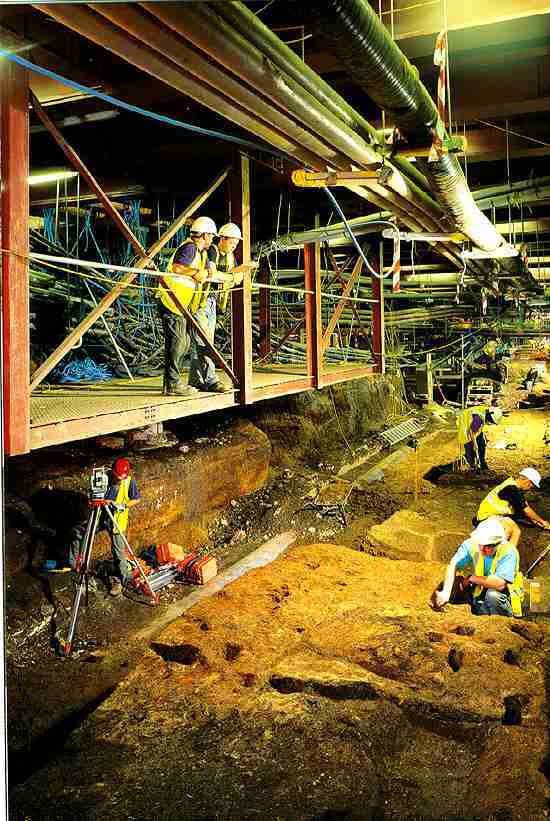
The world we have lost.
The C17th “Dutch House” stood on the corner of Bristol’s High Street & Broad St. Saved by the Lord Mayor from traffic engineers in 1900, it was badly damaged but not destroyed by bombs on 24 Nov 1940. It was needlessly demolished 3 days later.
The C17th “Dutch House” stood on the corner of Bristol’s High Street & Broad St. Saved by the Lord Mayor from traffic engineers in 1900, it was badly damaged but not destroyed by bombs on 24 Nov 1940. It was needlessly demolished 3 days later.

The World we have lost.
The sturdy Greek Doric of the Albion Congregational Church, Hull.
Gutted by firebombs in 1941, the shell remained intact, the building recoverable. It was demolished post-war.
The sturdy Greek Doric of the Albion Congregational Church, Hull.
Gutted by firebombs in 1941, the shell remained intact, the building recoverable. It was demolished post-war.

The world we have lost.
Bedford Circus, Exeter. The same story. Badly damaged but very far from destroyed in 1942. Some houses gutted. Others only broken glass.
Surviving townhouses were demolished, railings ripped up & trees chopped down, crescent erased. Needless self-harm.
Bedford Circus, Exeter. The same story. Badly damaged but very far from destroyed in 1942. Some houses gutted. Others only broken glass.
Surviving townhouses were demolished, railings ripped up & trees chopped down, crescent erased. Needless self-harm.

The marvellous WG Hoskins called Bedford Circus “one of the finest pieces of Georgian town-planning in England.” 

The world we have lost.
Birmingham Central Library - opened in 1882. Almost a renaissance palace but inside there dwelled not a Medici or a Lombardian banker but......
Birmingham Central Library - opened in 1882. Almost a renaissance palace but inside there dwelled not a Medici or a Lombardian banker but......

.... but a temple to the importance of public knowledge and understanding. A vision of the public that was dignified and uplifting.... 

.... and which survived the war as you can see here. Sadly it did not survive the City Engineer, Herbert Manzoni, who in defiance of human nature wrote "I have never been very certain as to the value of tangible links with the past." His vision was ... 
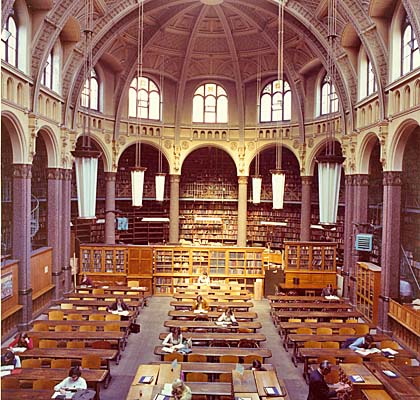
... for a city bisected & dissected by fast roads: "12 arterial roads & the inner, outer & middle ring roads." He just didn't like the place he was working in: "As to Birmingham’s buildings, there is little of real worth in our architecture." .... 

... In a heart-breaking act of civic vandalism the Victorian library, a temple to civic virtues was replaced with this faceless horror. If you're wondering why you hate it so, have a read of this amazon.co.uk/Cognitive-Arch… by @ann_sussman or ch. 7 here: issuu.com/cadoganlondon/… 

Perhaps the most heart-breaking (sorry @Madz_Grant) because the most misrepresented is Coventry. Despite the famous 14 November 1940 raid which gutted St Michael's Cathedral, most of the medieval city survived to the end of the war (as you can partly see in this photo) 

The ultimate problem was not the Blitz but Donald Gibson and the new council which appointed him City Architect aged only 29 in 1938. An ambitious young man in a hurry to demolish most of the inner city, he wrote that the German bombs were "a blessing in disguise." 
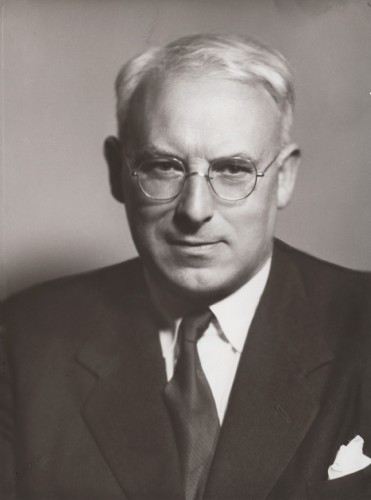
He said untruthfully "The jerries cleared out the core of the city, a chaotic mess and now we can start anew.." "We used to watch from the roof to see which buildings were blazing and then dash downstairs to check how much easier it would be to put our plans into action"
The result was a scorched earth policy destroying place, memories & streets both pre & post war. Here's Butcher's Row. @SPAB1877 estimated that 120 timber framed buildings survived the war. By about 1960 only about 30 were left. 
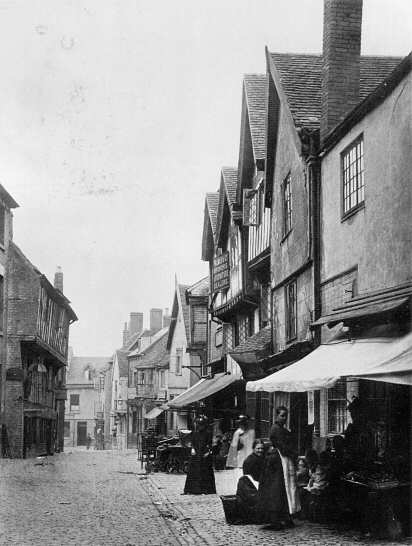
One newspaper correspondent responded to an exhibition of 'Coventry of the Future' with a simple plea; "Give us Coventry back." No poll was taken of public views of course.
A nostalgic thread? Undoubtedly. But there's a contemporary relevance. Too many British towns are "left behind." Victims of a complex pattern of de-industrialisation, changing technologies & declining competitiveness. Too few now fully play their "roles" as proper settlements ...
... attractive places to be in which people wish to live, work, shop and be entertained. But here is the ray of hope. In 2020, amidst the horror of COVID, we had a glimpse of a better world: more home-working & neighbourliness, more family time, a more local life....
You can see some evidence of that in our #LivingWithLockdown survey. ...
createstreets.com/wp-content/upl…
createstreets.com/wp-content/upl…

As @danny__kruger observed in excellent launch of
@SocialCovenant "the digital revolution is .... making the towns left behind by industrialisation viable economic centres once again. The internet could yet save the village, the mining town, the coast."
newsocialcovenant.co.uk/read/blog-6
@SocialCovenant "the digital revolution is .... making the towns left behind by industrialisation viable economic centres once again. The internet could yet save the village, the mining town, the coast."
newsocialcovenant.co.uk/read/blog-6
So, if we want to #LevelUp (we should) then part of the answer (not all) is helping cities, towns & villages the length and breadth of the land become nicer, more humane, more popular places in which people can more readily lead happy, connected, sustainable & prosperous lives
That'll require changes to planning(some now underway😀), to highways regs & practice & ultimately to the education & culture of many architects. @CreaSFoundation #NoPlaceLeftBehindCommission led by brilliant @tobylloyd is doing important relevant work createstreetsfoundation.org.uk/no-place-left-…
How do we create or sustain happy places with "pull" factor which can attract people or persuade them to return? Here's our quick video primer - hopefully more uplifting than the destruction up the thread:
And here's the spell-casting Dresden Frauenkirche completely re-built & re-consecrated 60 years after its destruction, a symbol of re-birth & reconciliation. There is hope 

And to end with hope: the new gilded orb & cross on the dome's top was forged by Alan Smith, a British goldsmith whose father, Frank, was a member of one of the aircrews who took part in the bombing of Dresden
Sometimes history takes the long road to come back to the right place
Sometimes history takes the long road to come back to the right place

• • •
Missing some Tweet in this thread? You can try to
force a refresh



